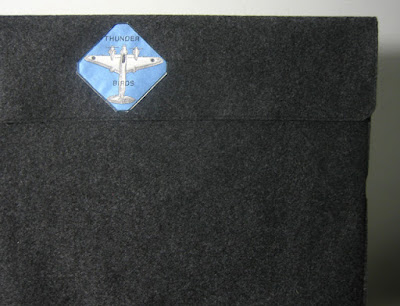
Whenever I paint the Silver Surfer, the toughest challenge is getting his chrome-covered figure to look somewhat convincing to the casual observer. Trophies can give you a good approximation of what the real deal would actually look like, but you can never find the right pose and it can be difficult to photograph. This is primarily because an electroplated object has no intrinsic look of its own; you are essentially painting a warped vision of the surrounding environment. The major difference is that the shapes and colors are juxtaposed at odd, sinuous seams. Also, if portraying a less polished Surfer, there are additional shifts in color and value.
So what to do? Simplify. Imagine a sphere with the desired texture and paint it. but don't just place it on your painting, imagine it within the simulated environment. Once a convincing shape has formed the foundation, it is much easier to build a more complicated structure, perhaps even one that is reflecting itself in some instances.
I first came across this concept when looking at a Jurassic Park "Making of" book. They used a real mirrored ball to catalog the complicated lighting found in the canopied forest. This spherical panorama was then mapped into the comuputer to create a more life-like lighting environment, one that would match up well with the real-world actors. When this step is ignored, you end up with CG effects that look "off." You may not be able to say exactly why it doesn't look right, but your brain knows.
James Gurney does a similar trick when setting up maquettes for his more involved paintings.

Here is another version of the sketch, albeit with a much different environment. Ultimately, my editors favored one of my other sketches, but I think I'll eventually see one of these through to completion.

Speaking of mirrors, my Mom gave me a very thoughtful gift this Christmas: a custom felt sleeve for my mirror stand. Thanks, Ma!

every time i tried to drawing silver surfer, i want to do the best surfer, but i cannot make my best draw.
ReplyDeleteyou can have it paolo, youre the best!
Cheers from Chile!
you are welcome, artist son.
ReplyDeletePretty great advice. I've seen those posts before on Jame's blog before, but I still haven't figured out how a mirrored ball helps with painting. From what I get, you have the information of the light source, color of sky, and the reflective light from surrounding objects, correct? Is there anything else to it?
ReplyDeleteDrew,that's pretty much it. In Gurney's case, he's using it to record an actual lighting situation, whereas I'm using it in this instance to help me more fully understand an environment that I've painted. You could use this technique for any object, it's just more pronounced with chrome because it's essentially a mirror. It also helps to look at a real example so you can see at what angle light reflects off of a sphere.
ReplyDeleteEven in these stages it's still pretty damn amazing to look at.
ReplyDelete